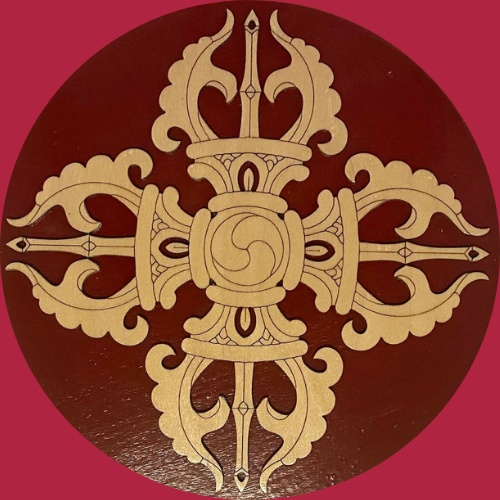Manipur: Ancient Shrines
Manipur serves as a great attraction which is apt for pilgrims, tourists and explorers. Even tourists from every corner of the nation comes here to celebrate spiritual festivals. Apart from being the spiritual spot for a sea of pilgrims, many grandeurs of these ancient festivals are worth for experiencing.
Shri Govindji Temple of New Palace
In Imphal district of Manipur, Shri Govindji is a main deity, worshipped in the central chamber. In the northern chamber of this temple Lord Jagannath, Subhadra & Balarama are worshiped whereas Krishna and Balarama are there at the southern chamber. The temple is located near the palace of King Churachand. Govindji Mandir still is the biggest temple of the state. Govindji Mandir exhibits splendid architecture. Many celebrations here are complemented with cultural Manipuri dances, forming the real prime thing.
Shri Gopinath Mandir
A temple situated in Imphal district. It is also one of the biggest temples inside the state. It witnesses more than 10 Lakh devotees every year. Shri Gopinath is worshiped here, Janmashtami celebrations as well as Diwali, Durga Puja celebration and Holi takes place with religious fervor.
Vishnu Temple
It is Manipur’s oldest temple in Bishanpur, built by King Kyamba in 1507. It has a brick and mud plastering formation.
Shri Hanuman Thakur Temple
Standing amidst the groves of Mahabali forest, Shri Hanuman Temple is a place of worship built in 1725 by King Garib Niwaj. The Temple was constructed with bricks, later a cement coating was applied. A Bengali style in architecture exhibits a hut shaped shrine. Here the stone idol of Hanuman is carved out of a single stone. It creates a testament for the spread of the Hindu cult, Ramanandi, in the state. History states that this cult vanished from Manipur after the death of King Garib Niwaj.
Thangal General Temple
Thangal General Temple, in Wangkhai of Imphal, is a significant temple within Manipur. The temple was constructed in 1879 AD by Thangal General. Influence of Islam is very evident in the temple which is reflected in decorations of railings & dome. Thangal General Temple has a brick architecture.
Lord Sanamahi Temples
An excellent example of emergence of diversity in architectural styles in Manipur. On the 1st Manipur Rifle Ground of Imphal, the temple was built by King Kulachandra in 1891. The temple is dedicated to Lord Sanamahi. The temple was constructed in a Baptist style having a gothic roof. Two festivals namely Cheiraoba & Honjnungha serve as a main attraction in this temple.
Leimapokpam Keirungba Temple
In 1875, a temple was donated via Leimapokpan Keirungba. Built with brick, it is adorned with artistry including floral and many other motifs. Leimapokpam Keirungba is situated in Imphal.
Shri Govindji Temple of Old Palace
Another ancient temple of Manipur is Shri Govindji Temple of Old Palace located at old Kangla palace area. The temple was built under King Narasingh in 1847 AD. An old temple however collapsed in earthquake after which it was rebuilt in 1869 AD by King Chandra Kirti Singh. It is dedicated to Pakhangba, who is associated with the royal family’s clan ‘Ningthauja’. The temple has an amalgamation of Islamic & Hindu architecture.
Shri Radha Raman Temple
At Kanchipur, Shri Radha Raman Temple stands on a ridge. Maharaj Churachand established this temple in the year 1917 AD. Dedicated to Radha Raman, another name of Lord Krishna. It exemplified the spread of Vaishnavite cult in entire Manipur.
Lord Krishna Temple
At the Brahmpur Guru Aribam Leikai, along the banks of Imphal River, King Charairongba made Lord Krishna Temple as a patron in 1704 AD. Lord Krishnas’ brick temple has different idols of the Lord Krishna depicting stages of his life. The idols here are acute manifestations of a brilliant artistry among other temples of Manipur. Also, from being the spiritual node, this also narrates the religious history of Manipur. These are also a manifestation of excellent architecture adorned in pristine and intricate artistry.
